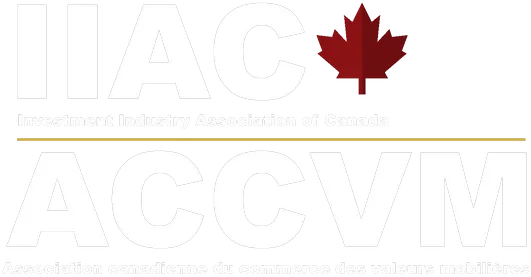A Reassessment of Proposed Amendments Regarding Mandatory Close Outs
Regulatory efforts to explore the value of alignment with US markets on any given issue are essential and welcomed. CIRO’s consideration of whether, or to what extent, there should be alignment with the Securities and Exchange Commission (SEC) on mandatory close out requirements, and their reasons for doing so, are understood.
Yet, the Canadian marketplace is unique, valuable and needs to do better than its U.S. competition. It should be nurtured with a regulatory framework which focuses on promoting its advantages and enhancing its global position.
Data Needed
CIRO’s Proposed Amendments state in part:
“Regulation SHO became effective in the U.S. in June 2004. At that time, the majority of trades in the U.S. settled on time. The [National Securities Clearing Corporation] NSCC indicated that on an average day, only approximately 1% (by dollar value) of all trades failed to settle on time. This trade failure rate is similar to what we are currently experiencing in Canada.”
The Proposed Amendments have not been guided by meaningful disclosed data or quantitative analysis on fail rates, abusive short selling, and the related market risks.
Since the move to T+1, no data has been produced to determine whether a short selling problem exists in Canada and, if so, its scope. Marketplaces and clearing houses should provide a year of post T+1 data regarding buy ins, failure to deliver (FTD) and short sales which illustrate frequency, credit risk and market conditions so that materiality may be determined and assessed. This missing relevant data would inform whether rule changes are necessary. Should mandatory close outs prove necessary, the missing relevant data would provide materiality of credit risk to inform any proposed timelines.
Unified Macro Approach Needed
The Proposed Amendments give rise to regulatory arbitrage because of CIRO’s limited jurisdiction over securities lending, the lack of reference to, or enforcement of marketplace buy in requirements (and the lack of such requirements across marketplaces) and the exclusion of CDS. The use of US clearing houses by Canadian securities lending participants generates additional opportunities for regulatory arbitrage by those participants who have related parties either in the non-CIRO regulated fields in Canada, or affiliates in the United States.
Also, trade fails, “buy-in rules,” short selling, and securities lending are economically and operationally inter-related. As currently drafted, the Proposed Amendments appear to only address continuous net settlement (CNS) positions and not trade-for-trade (TFT).
The consolidation of requirements in CIRO rules is not a main concern. The key consideration is one set of unified requirements.
Alternative Approaches Needed
Currently regulatory requirements respecting short selling are fulsome. They include recent amendments, accompanied by Guidance) described as supporting and clarifying the short selling framework under UMIR by:
- Adding a new positive requirement in UMIR 3.3 to have, prior to order entry, a reasonable expectation to settle on settlement date any order that upon execution would be a short sale
- Adding supervisory and gatekeeper requirements pertaining to the requirement in UMIR 3.3
Ongoing reporting of FTD by CDS and marketplaces and post surveillance may achieve the same objectives of the Proposed Amendments with less burden.
In the interim, recommendations for the principles and considerations that should apply to Canada’s short selling framework include:
- Attributes for a necessary credit analysis
- Flexibility and deference to a firm’s professional judgment in the approach to matters including allocation, reasonable price, and timelines. Allocating firms and clearing members, are best placed to determine risks.
- Reasonable diligence principles rather than shortened or strict timelines for circumstances such as restricted securities, whereby the lifting of restrictions is beyond the dealer’s control, and Corporation actions, which vary in length and complexity.
- Delivery to CDS, including using securities held outside of Canada, as an acceptable mechanism to close out securities.
- Reliance on current monitoring capabilities and the minimization of unnecessary reporting.
The details of the above analysis are found in the Investment Industry Association of Canada (IIAC) and the Canadian Securities Lending (CASLA) joint submission.
